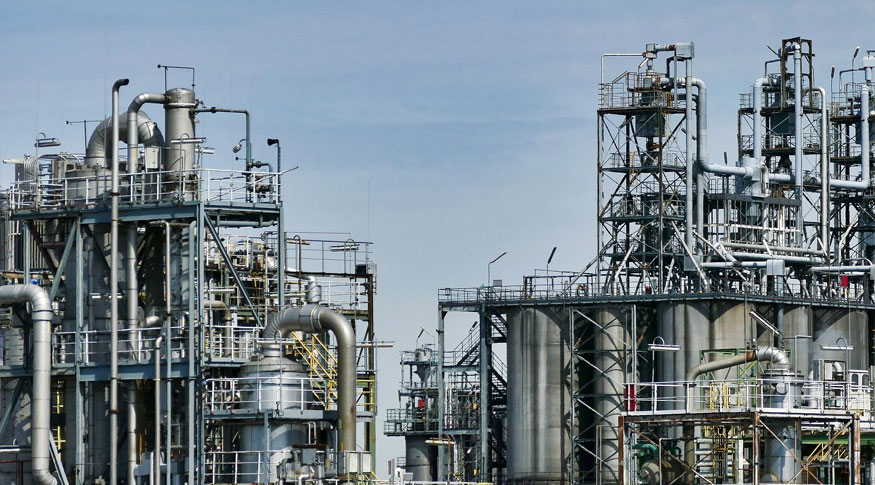IPP
Industry inflation rate decelerates to 1.89% in April
June 01, 2021 09h00 AM | Last Updated: June 07, 2021 01h32 PM

Industry prices rose 1.89% in April from the previous month. Despite the increase, there was deceleration against March (4.63%), when there was the second biggest increase throughout the Producer Price Index (IPP) time series, which started in 2014. With the result of April, the index released today by the IBGE, had a cumulative increase of 16.08% in the year, the highest rate ever registered for a month of April, and a record rate of 35.69%, in the last 12 months.
The result of April is the 21st consecutive rate in the index, in the month-on-month omparison. The survey measures "factory gate" prices, free of taxes or freight, of 24 activities in mining and quarrying and manufacturing industry. In April, 18 of those activities recorded positive rates against March. Other products accounted for the main impact on the index (0.40 p.p.), with a change of 4.54% in the month.
“We have had, since August 2019, a sequence of increases in industry prices. Just like in previous months, there was a rise of prices of commodities and of raw materials. That is the result of a heated foreign market, mainly because of China. And when raw material rises, there is a ripple effect, because production costs of a give sector rise as well, and that has an impact on other internal sectors,” says Murilo Alvim, the survey analyst.
The researcher also explains that the deceleration of the April index against the previous months is related to the fall of the dollar. “For the first time in the year, the dollar fell from the previous month (-1.5%). When the dollar is lower, the price of the product, in reais, also falls. That takes place with exported products and with inputs we import.”
Mr. Alvim mentions that, in spite of the upward trend in prices of commodities and raw material, one of them recorded a decrease in April: crude petroleum oil. “That product has a direct impact on the mining and quarrying sector and on petroleum refining, which have had negative results”. Prices in the mining and quarrying sector recorded a decrease of 0.70% and that of oil refining and alcohol product, of 0.55%, on the average, in April. That was the first decrease since September 2020, when the sector fell by 2.83%.
Besides other chemicals (0.40 p.p.), the most relevant activities in terms of the April index were food products (0.36 p.p.), basic metals (0.35 p.p.) and metal products (0.16 p.p). Wood (6.26%), metal products (5.96%), basic metals (4.97%) and other products (4.54%) accounted for the main changes.
“The rise of chemicals was influenced by naphtha, which is a type of raw material for the sector. The second bigger influence on food products, which was mainly affected by the rise of soybeans and derivatives, as well as by the rise of beef and poultry meat, which had increased foreign demand,” the researcher highlights.
According to Mr. Alvim, the record cumulative index of 35.69% in the last 12 months is a consequence, among other factors, of the Covid-19 pandemic. “Besides that recent increase in raw material and commodities, we have to observe that the comparison is between April 2021 and 2020, that is, the start of the pandemic. When social distancing measures were implemented, industry had an impact and recorded a decrease in the supply of products. As supply decreases, prices rise,” he says, as he also mentions the depreciation of the real against the dollar.
About the survey
The Producer Price Index - IPP, which covers mining and quarrying and manufacturing industry, has as its main objective measuring the average change of sales prices for domestic producers of goods and services, as well as its Evolution in time, indicating short-term inflation trends in the country. It is, therefore, an essential indicator for macroeconomic monitoring and, therefore, a valuable analytical instrument for decision makers in the public and private sectors.
IPP investigates, in about 2100 enterprises, prices received by the producer, free of taxes and freight and in accordance with the most usual commercial practices. They collect about 6 thousand prices every month. The index makes use of the National Classification of Economic Activities - CNAE 2.0, and generates indicators for 24 mining and quarrying and manufacturing activities, besides reorganizing data into major economic categories: capital goods, intermediate goods and consumer goods (durable and semi-durable and non-durable goods).




















